Metal 3D Printing Help to Break the Limitation on Conformal Channel
The production process of injection molded products is generally divided into five steps, consisting of clamping time, filling time, holding pressure time, cooling time and demolding time, of which cooling time accounts for the largest proportion, accounting for about 70% to 80%. Therefore, the cooling time will directly become an important factor affecting the length of the plastic product molding cycle and the output. The temperature of the plastic product in the demolding stage should be cooled to lower than the thermal deformation temperature of the plastic product to prevent the plastic product from being loosened due to residual stress or warping and deformation caused by the external force of demolding. Therefore, shortening the cooling cycle is our top priority.
Traditional mold Water Channel manufacturing methods mainly adopt straight-through and side-by-side methods. However, for some special deep-cavity thin-walled parts and special-shaped complex mold parts, metal 3D printing technology is used to process conformal cooling Water Channel molds, which will be closer to the surface of the mold that needs to be cooled , Effectively improve the heat dissipation effect, shorten the production cycle, and improve the production efficiency.
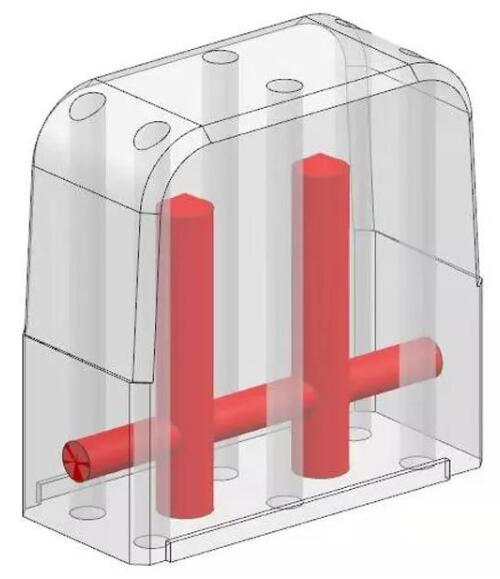 Traditional CNC machining Water Channel
Traditional CNC machining Water Channel
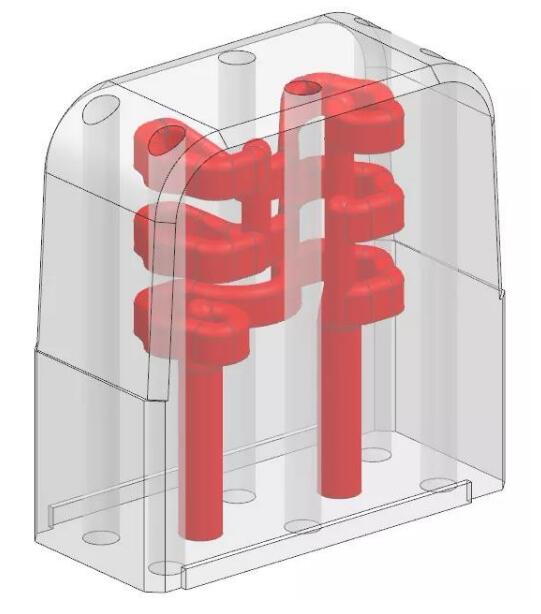 Metal 3D printing conformal Water Channel
Metal 3D printing conformal Water Channel
The following editor will share some application cases with you.
Case 1: Elbow inserts
Frozen situation when the ejection temperature is reached (comparison of product cooling time when the unfrozen parts are the same)
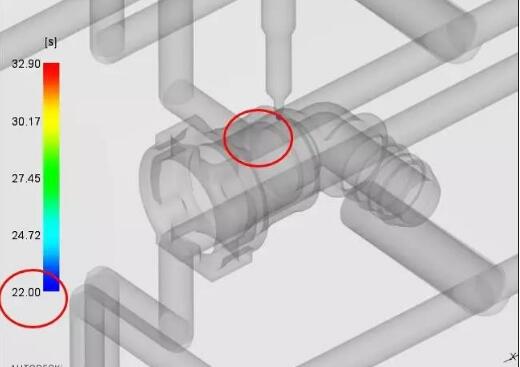 Traditional Water Channel
Traditional Water Channel
 Conformal Water Channel
Conformal Water Channel
The blue position is the unfrozen part of the product.
Compared with traditional Water Channels, the conformal Water Channel freezes faster. With the same cooling effect, the traditional Water Channel takes 22 seconds and the conformal Water Channel takes only 15 seconds, and the cooling efficiency is increased by 32%.
Hot spot analysis (the distribution of hot spots when the product is ejected) (core-pulling side)
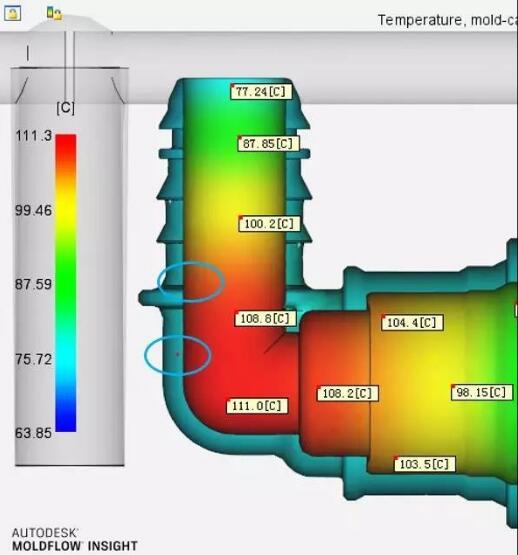 Traditional Water Channel
Traditional Water Channel
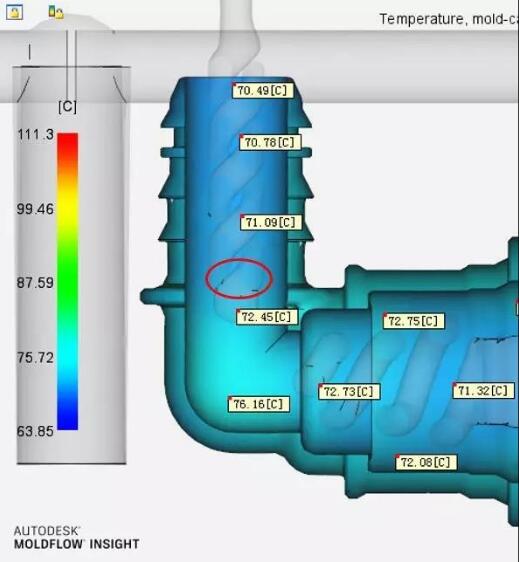 Conformal Water Channel
Conformal Water Channel
Metal 3D printing molds have the following characteristics:
1. The special metallurgical method of metal 3D printing improves the metal microstructure, and can obtain better mechanical and physical properties and completely dense printed parts;
2. High-precision 3D printing and subsequent finishing are now combined to bring higher product quality and performance;
3. The case improves mold efficiency by adding a conformal Water Channel, effectively reduces residual stress, prevents product warpage and deformation, ensures dimensional accuracy, and reduces injection cycle time.
Case 2: Using the combination of adding and subtracting materials technology to achieve a conformal Water Channel mold by grafting 3D printed parts on the substrate
Through the grafting method, the production cost is greatly reduced, the mold cooling time is improved, the cycle period is shortened, and the yield and production efficiency are improved.

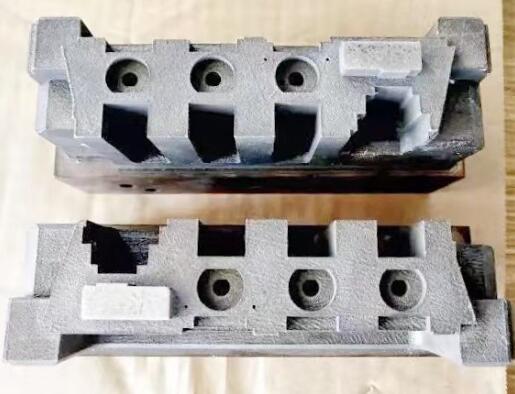 Picture display of other cases with conformal Water Channel
Picture display of other cases with conformal Water Channel
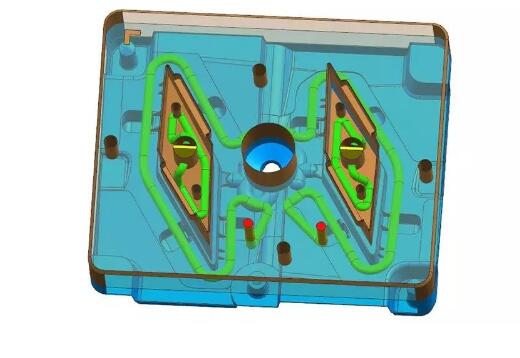
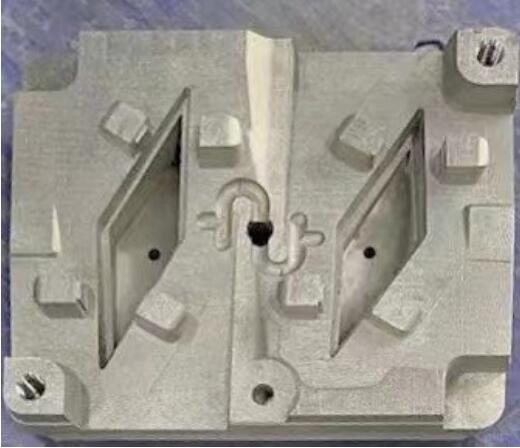

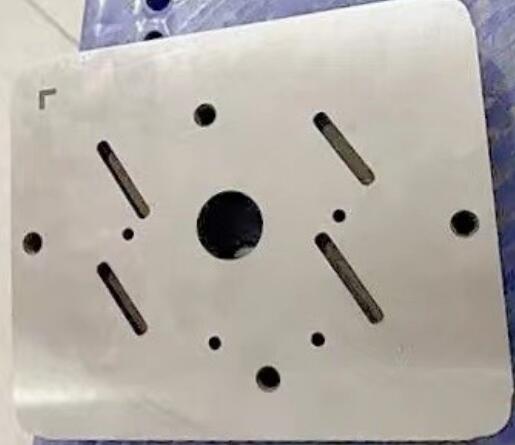
In the field of metal 3D printing mold manufacturing application, Hanbang Technology has reached cooperation with many well-known companies in the world to jointly create a comprehensive solution for metal 3D printing. Hanbang Technology has conducted in-depth cooperation with American ANSYS, which can combine software and hardware well, allowing the software to truly simulate the performance of metal 3D printers to print parts, so as to ensure the quality and success rate of additive manufacturing prints. The improvement of the process simulation can realize the simulation calculation of the printing process before manufacturing, and then predict the true state after printing and optimize the process.
The cooperation between Hanbang Technology(HBD) and Siemens of Germany, through Siemens’ end-to-end solutions, from design, simulation, additive manufacturing data preparation, to post-processing, testing, process management, and manufacturing management, to achieve end-to-end digital collaboration to ensure production The success rate and stability help additive manufacturing transition from prototype production to mass manufacturing.
Source: Hanbang Technology
For press release, welcome to send to 3D Science Valley at 2509957133@qq.com

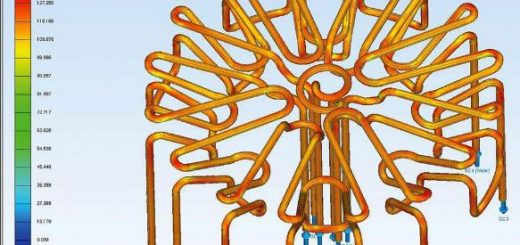
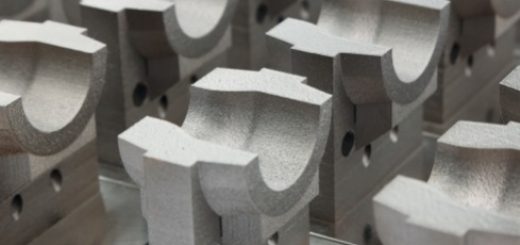
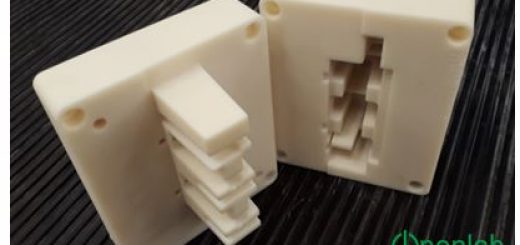
Recent Comments